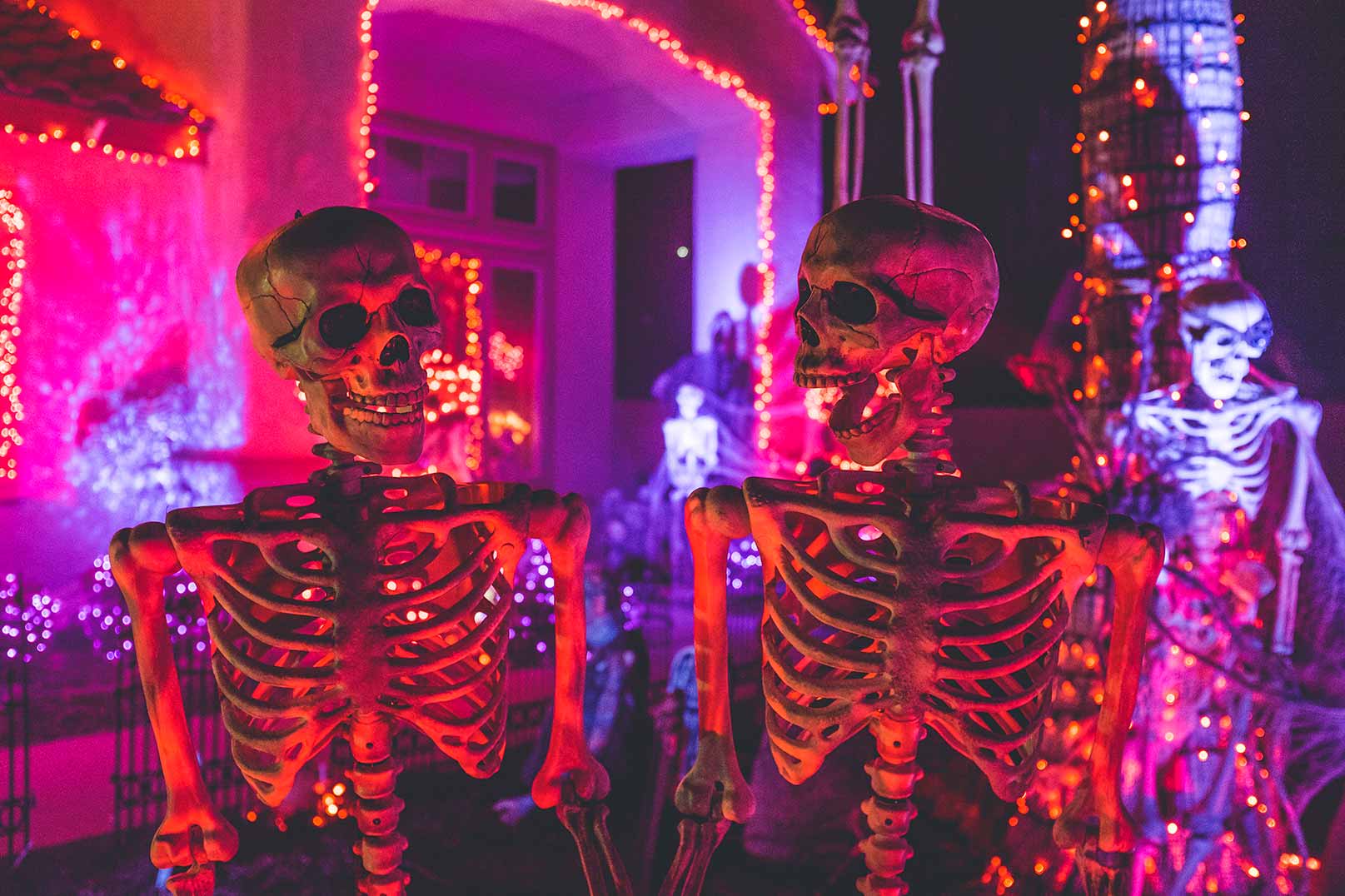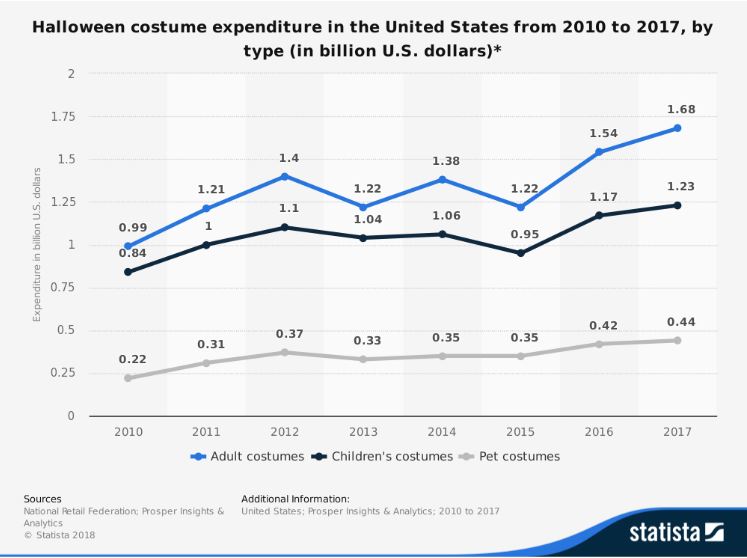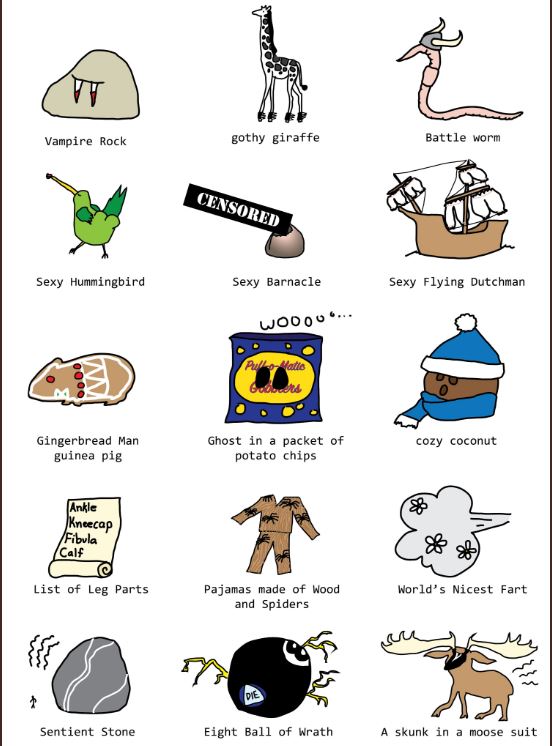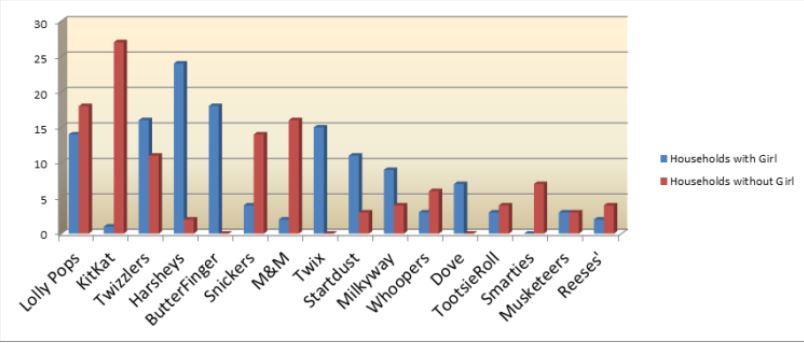The Big Data hiding behind Halloween
Big Data and Artificial Intelligence are shaping the future of business with data insights, personalised content and improved user experiences and Halloween, one of the biggest consumer holidays, is no exception. The data is not only being used to inform companies on consumer habits and trends but to help generate costume ideas, design candy routes and most importantly, scare.
Halloween spending in the US peaked last year at an incredible $9 billion, with an average spend per person of around $86.79 on costumes, masks, candy, decorations and food. 30% of this spending starts in September, 40% within the first two weeks of October and the rest in the final run up to the 31st. People spend the most money on costumes, but not just for themselves, for their pets too...
The 5 most popular costumes amongst adults last year were, Witches, Vampires, Zombies, Pirates and, Avengers. Amongst children the costumes of choice were Princesses, Superheroes, Batman, Starwars characters and Witches. Finally, owners dressed their pets as Pumpkins, Hot Dogs, Bumble Bees, Devils and Cats. One of the biggest dilemmas every halloween is what to wear and how to be original in a sea of witches and ghosts. Well AI and Big Data can stop your anxiety about what to wear with costume generators.
What should I wear?
Janelle Shane, a research scientist and soon to be author shared how she used a bot to generate costume ideas. She built a unique neural network which can produce costume ideas, many of which had never been worn before. She fed the system 4,500 costume names and whilst it produced some crazy results at first, it soon learnt that a sexy lamp might not be all too sexy. Some of the most innovative ideas included a the following...
Machines that scare
Whilst personalised advertising finds the best way to capture our attention and compel us to buy a product, at Halloween the aim is to scare. A team of MIT media lab scientists designed a “hot or not” nightmare machine to create zombified versions of photographs. Each time someone rates a picture, the information helps the algorithm learn which factors in these images induce fear. The system slowly improves to ensure 100% scare rate.
The extra information in how humans perceive horror can be exploited to make even scarier faces
Pinar Yanardag, a postdoc at the MIT Media Lab.
A design agency is using AI to design scary Halloween masks. Using a general adversarial network (an algorithm implemented in machine learning systems) two systems work together, constantly improving to create the mask. Whilst one half generates Halloween masks, the other half judges how well it has performed. It continues until it produces the desired result. The Neural network was supplied with 5,000 images of Halloween mask examples on which it based its terrifying creations. Whilst each mask is based off the data it has been supplied, each result is unique. What if the system learnt to produce what each of us found the most terrifying. Do we need AI to make Halloween scarier or, is part of the fun being creative?
Trick or Treating with Data
So now we have our scary masks and unique outfits, how can Big Data perfect trick of treating. Abdul Rehman, a Data Scientist was asked by his 12-year-old son how he could get more candy than the previous year. As a Data Scientist he was keen to optimize his son's route to ensure maximum time and sweet efficiency. From the 117 houses he visited, he collected his own data which he later complemented with public data. He was able to create a database with information on:
- Demographic of house members; name, age and political affiliation
- Gender of children in house
- Rent and socioeconomic status
There was a strong correlation between age and generosity:
- Wife aged 41 - 50 and Husband aged 51 - 60 = 100% candy rate.
- Wife > 51 = 25% candy rate.
- Either couple > 71 = Very low candy rate
- Parents with young children = High candy rate. (On average they spend $10-30 more on sweets than those without children)
There was no strong correlation between rent or birth location and their generosity, proving that purse strings do not govern the holiday spirit. Newcomers to the area were very generous so make sure you visit them to get the most sweets.
The data also provided insight into the type of sweets given away by each household. The houses with girls were likely to give away Hershey, Twix and Dove whereas houses with boys offered KitKats, Snickers and M&M’s. From the information he was able to design a route which favoured the sweets that his son like, avoiding those which he doesn't.
 Hybrid Cloud
Hybrid Cloud Cyber Security & NaaS
Cyber Security & NaaS AI & Data
AI & Data IoT & Connectivity
IoT & Connectivity Business Applications
Business Applications Intelligent Workplace
Intelligent Workplace Consulting & Professional Services
Consulting & Professional Services Small Medium Enterprise
Small Medium Enterprise Health and Social Care
Health and Social Care Industry
Industry Retail
Retail Tourism and Leisure
Tourism and Leisure Transport & Logistics
Transport & Logistics Energy & Utilities
Energy & Utilities Banking and Finance
Banking and Finance Sports
Sports Smart Cities
Smart Cities








